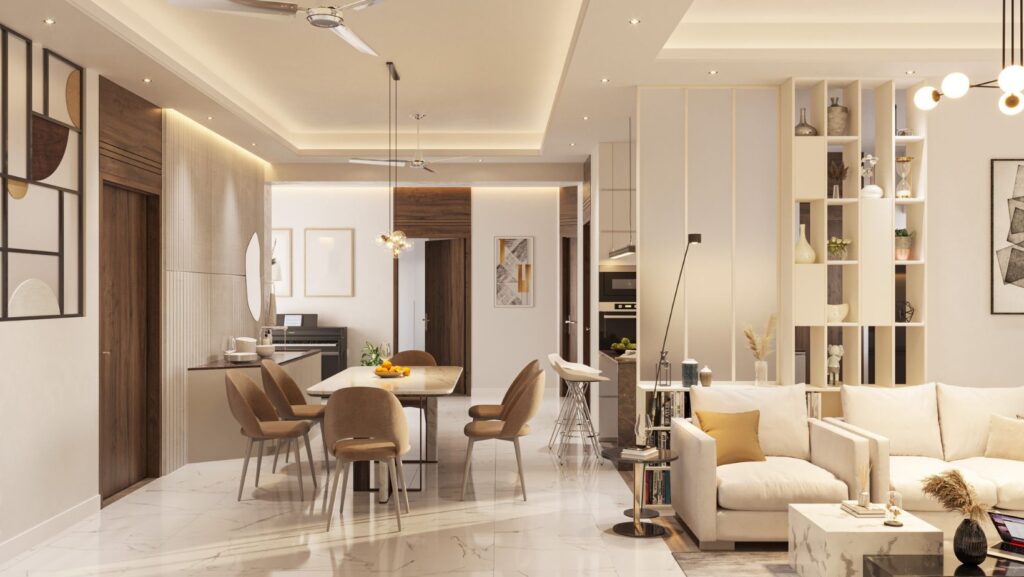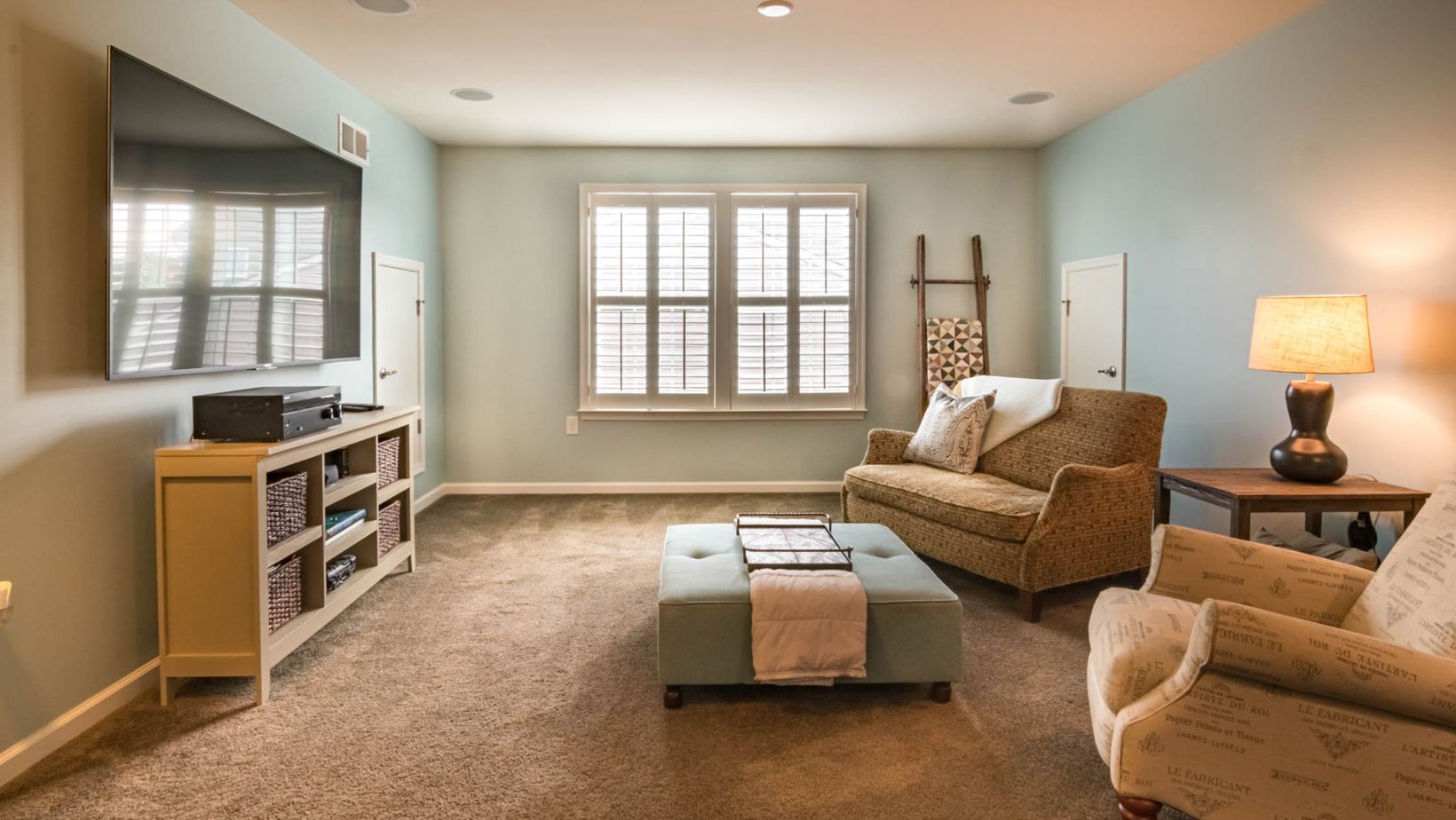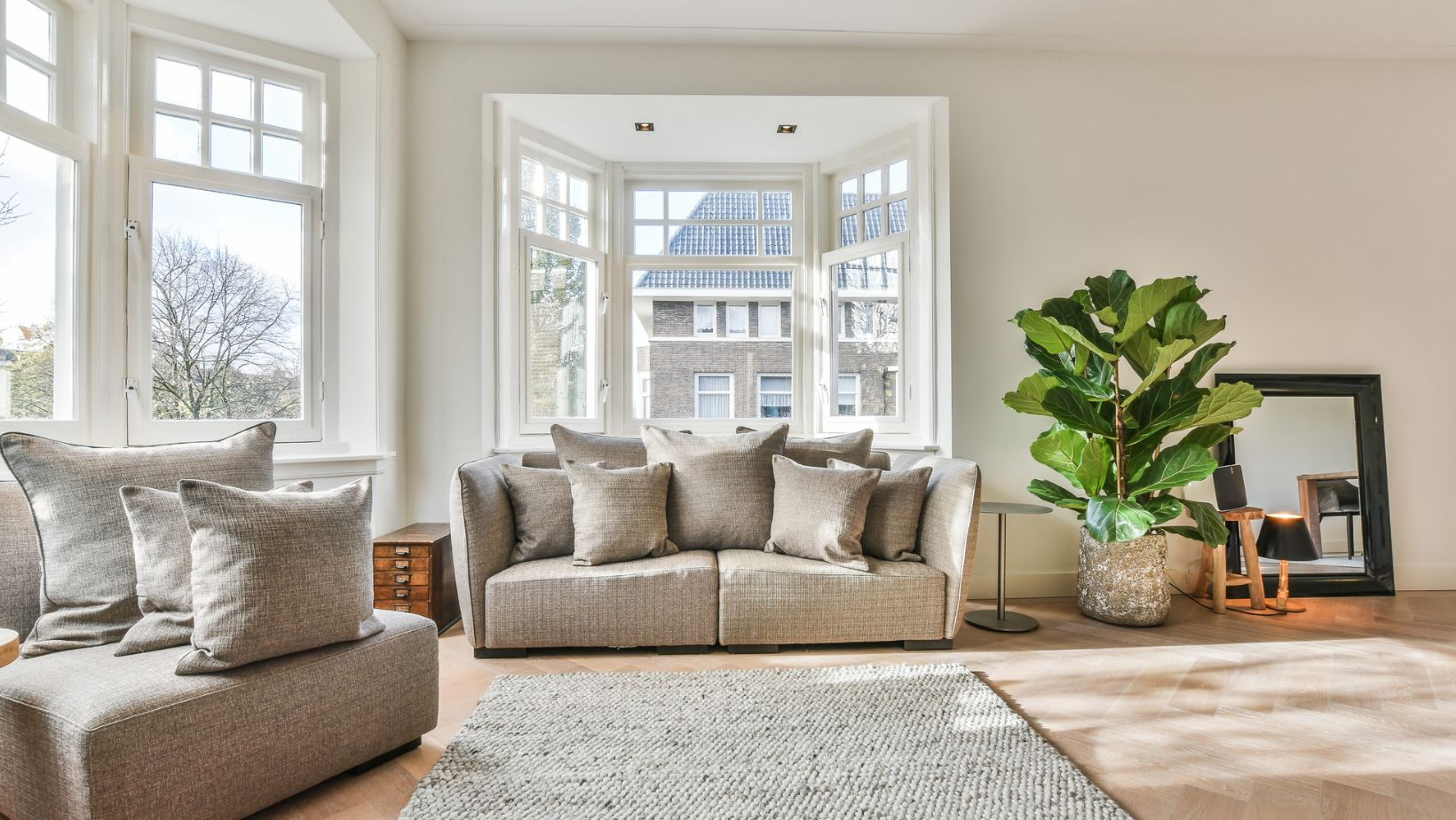A luxury living space is more than just an expensive home filled with designer furniture. It is about creating a comfortable, functional, and visually pleasing environment. A well-designed space balances aesthetics with practicality, ensuring that every element adds value to your lifestyle.
Achieving this requires thoughtful planning, high-quality materials, and expert design principles. Luxury does not mean over-the-top decorations. Instead, it focuses on details like space planning, lighting, textures, and personalized decor.
Many homeowners struggle to achieve a harmonious interior because they’re unsure where to begin. This guide highlights the value of full-service interior design, which streamlines the process and ensures a cohesive, stress-free living space.
Now, let’s explore the essential elements that make a home luxurious.
What Defines Luxury Living?
A luxury living space is not just about expensive furniture or decorations. It should also be comfortable. The goal is to create a place where you can relax, work, and entertain guests. Luxury and comfort should complement each other.
How Interior Design Shapes Your Lifestyle
A well-designed home improves daily life. It influences mood, productivity, and overall well-being. Good design ensures that the layout, lighting, and furniture placement support both function and beauty.
The Role of Personalization in High-End Design
Luxury spaces should reflect the homeowner’s personality. Customized furniture, art pieces, and decor elements help create a unique environment. Personal touches make a home truly luxurious.
Interior Design Service: The Key to a Seamless Luxury Experience
Designing a luxury space requires expertise. Full-service interior design covers everything from concept creation to final execution. Professionals handle every aspect, including furniture selection, space planning, and styling.
Benefits of Hiring a Full-Service Interior Designer
- Time-Saving: Professionals manage everything, reducing stress for homeowners.
- Access to Exclusive Resources: Designers have access to unique materials, furniture, and decor pieces not available to the general public.
- Better Space Utilization: Experts create layouts that maximize functionality without compromising aesthetics.
Common Mistakes DIY Designers Make (and How Experts Avoid Them)
Many homeowners make errors like overcrowding a space, choosing the wrong color palette, or ignoring lighting. Professional designers prevent these mistakes by ensuring balance and proportion in every element.
Mastering the Core Elements of a Luxury Living Space
Modern luxury interior design is built on a few fundamental principles, and getting them right is essential for a balanced and sophisticated look.
Color Psychology: Choosing the Right Palette for Elegance
Colors affect mood and perception. Neutral tones like beige, gray, and white create a sophisticated look, while deeper colors add warmth. A balanced mix enhances the visual appeal.
Statement Furniture Pieces That Define Luxury
A luxury space should have a few high-quality furniture pieces that stand out. A well-crafted sofa, a designer coffee table, or a unique accent chair can elevate the entire room.
Lighting Design: How to Create an Atmosphere of Opulence
Lighting sets the mood. Layered lighting—combining ambient, task, and accent lighting—creates depth and enhances the overall look of a room.
High-End Textures and Materials
Materials like marble, velvet, leather, and hardwood add a luxurious feel to interiors. Using a mix of textures prevents the space from looking flat.
How to Use Space Planning for an Expansive Look
Proper space planning ensures smooth movement and functionality. Overcrowding furniture or leaving too much empty space can disrupt harmony.
A well-balanced layout improves both comfort and aesthetics.
Architectural Enhancements for a Sophisticated Home Aesthetic
Beyond furniture and decor, architectural details play a key role in elevating a home’s luxury appeal. Thoughtful enhancements add depth, character, and a refined finish to any space.
Crown Molding, Wainscoting, and Architectural Details
Architectural details like ceiling moldings, paneling, and decorative trims add depth and character to a home. They provide a timeless and elegant look.
Open Floor Plans vs. Traditional Layouts: What Works Best?
Open floor plans create a spacious feel, while traditional layouts offer defined areas. The choice depends on lifestyle preferences and how the space will be used.
Incorporating Smart Home Technology Without Losing Aesthetic Appeal
Luxury homes now integrate smart lighting, climate control, and security systems. Technology should be seamlessly integrated into the design to maintain a clean and elegant look.
Timeless vs. Trendy: How to Design a Living Space That Lasts
Striking the right balance between timeless elegance and contemporary trends ensures your home remains stylish and relevant for years to come. Let’s look at how you can create a space that feels both enduring and fresh.
Classic Design Elements That Never Go Out of Style
Certain elements, like neutral colors, quality furniture, and well-placed lighting, always remain in style. Investing in classic pieces ensures longevity.
How to Incorporate Trends Without Losing Longevity
Trendy elements should be introduced through smaller decor items, like cushions, vases, or artwork. This allows easy updates without a complete redesign.
The Psychology of Luxury: How to Design for Well-Being
Luxury isn’t just about aesthetics—it’s about creating an environment that enhances comfort, relaxation, and overall well-being. Thoughtful design choices can elevate your home into a sanctuary that nurtures both body and mind.
A well-designed home promotes relaxation and reduces stress. A clutter-free and aesthetically pleasing environment enhances mood. Natural elements like indoor plants, wooden textures, and stone finishes add warmth and freshness to a home. They also improve air quality and overall well-being.
Luxury does not always mean excess. A minimalist approach with carefully chosen decor creates a refined and elegant space.
The Role of Video Content and AI in Interior Design
In recent years, the landscape of interior design has transformed dramatically, largely due to the proliferation of video content and advancements in artificial intelligence (AI). These two elements have revolutionized how designers conceptualize, showcase, and sell their ideas, creating a more immersive experience for clients and audiences alike.
Video content has emerged as a powerful tool for interior designers to present their work. Traditional methods, such as photographs or sketches, often fail to capture the spatial dynamics and aesthetic nuances of a design. Video allows designers to create virtual tours, showcasing a room’s flow, lighting, and color interplay in a way that static images cannot. By using tools like 360-degree video and time-lapse footage, designers can take viewers on a journey through a space, providing a comprehensive understanding of the design concept.
One of the most exciting applications of AI in interior design is its ability to facilitate personalization by turning any image to video.
This level of customization enhances client engagement, making them feel more connected to the design process. Virtual reality (VR) and augmented reality (AR) technologies, combined with AI, allow clients to visualize their future spaces more accurately. Clients can virtually “walk through” a space and interact with different elements, providing instant feedback that can be incorporated into the design.
Final Touches: Art, Décor, and Personalization
Art enhances the visual appeal of a space. Choosing artwork that complements the interior style adds depth and character.
Scent plays a key role in how a space feels. High-end homes often use scented candles, essential oils, or automated fragrance systems to enhance ambiance.
Custom furniture, one-of-a-kind decor pieces, and personalized accents make a home unique. Bespoke designs add a personal touch that cannot be replicated.
Conclusion
Creating a luxurious living space requires attention to detail. It is not about filling a home with expensive items but about designing an environment that enhances daily life. From choosing the right colors to incorporating smart technology, every decision contributes to harmony and elegance.
For those who want a stress-free experience, full-service interior design is the best option. Professionals ensure that every aspect of the space is well-coordinated and functional.
Luxury is about comfort, personalization, and quality. Whether upgrading an existing space or designing from scratch, a thoughtful approach will create a home that is both beautiful and practical.




More Stories
Mourrdale: A Hidden Gem in the Heart of Nature
Personalize Your Front Yard with Unique Design Elements
A Complete Exterior Maintenance Checklist Every Homeowner Needs